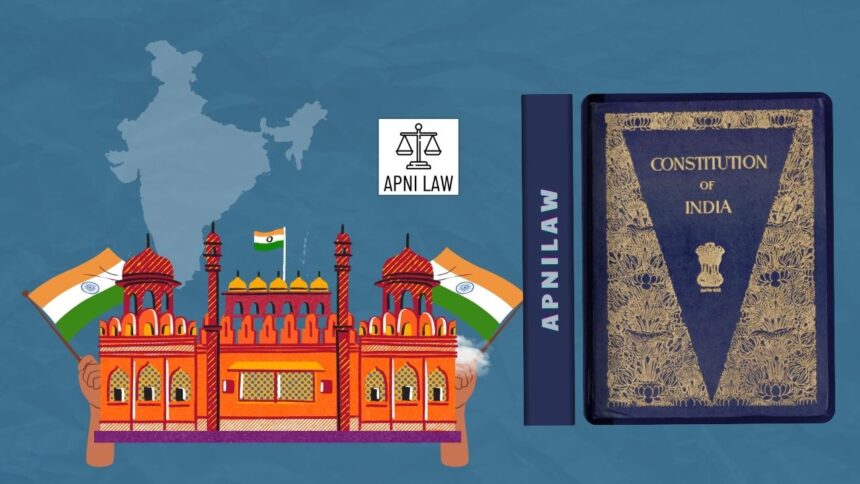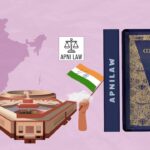Introduction
The concept of One Nation, One Election (ONOE) has emerged as one of the most debated topics in Indian politics today. It proposes holding elections to the Lok Sabha, State Assemblies, and possibly local bodies simultaneously, across the country. The idea aims to synchronize the election cycle, reducing the frequency of polls and the costs associated with them.
While the idea promises administrative efficiency and political stability, critics argue it could threaten federalism and democratic representation. Understanding both sides of this reform is essential to gauge whether it aligns with India’s constitutional and political spirit.
Historical Background
The idea of simultaneous elections is not new. After India’s first general election in 1951–52, both Parliament and state assemblies went to polls at the same time. This system continued until 1967. However, due to premature dissolutions of assemblies and political instability in the 1960s and 1970s, the election cycles diverged.
Since then, India has been in a near-constant election mode, with some state or another going to polls almost every year. This situation has led to repeated enforcement of the Model Code of Conduct (MCC), interrupting government policy implementation and draining administrative resources.
The demand for One Nation, One Election resurfaced strongly under the government of Prime Minister Narendra Modi, who has described it as a means to ensure stability and efficiency in governance. The Election Commission and the Law Commission have both examined its feasibility, making it a serious subject of policy debate.
What Is One Nation, One Election?
Under this proposal, all elections to the Lok Sabha and State Legislative Assemblies would take place at the same time, once every five years. The idea extends even further in some proposals to include elections for urban local bodies and Panchayats.
To implement it, the terms of some assemblies may need to be shortened or extended once, to bring them in line with the national cycle. This would require constitutional amendments and coordination among multiple stakeholders, including the Election Commission, political parties, and state governments.
Advantages of One Nation, One Election
Supporters of ONOE argue that it could bring major administrative, financial, and political benefits.
Firstly, it would reduce election expenditure drastically. Conducting simultaneous polls would cut costs related to security, logistics, and manpower, which often run into thousands of crores of rupees.
Secondly, it would minimize the disruption caused by frequent elections. When elections occur constantly, governments often slow policy implementation due to the Model Code of Conduct, which bars new announcements or projects.
Thirdly, simultaneous elections would promote governance stability. Political parties and governments could focus on long-term development goals rather than being in constant campaign mode. It could also improve voter participation by streamlining the election calendar and reducing voter fatigue.
Lastly, the proposal could enhance administrative efficiency. The Election Commission and security forces would be able to focus resources more effectively, avoiding repeated deployments.
Disadvantages of One Nation, One Election
However, the idea is not without serious challenges and concerns. Critics believe that simultaneous elections could undermine India’s federal structure. Each state has its own political and socio-economic issues, and aligning state polls with national elections might blur regional concerns under national narratives.
There are also concerns about constitutional feasibility. To align all elections, several articles of the Constitution, including Articles 83, 85, 172, and 174 would need to be amended. The process requires a delicate balance, as it affects the tenure of democratically elected governments.
Another major challenge is political diversity. India’s democracy thrives on regional representation, and combining state and national elections could marginalize smaller or regional parties, giving national parties an upper hand.
Furthermore, practical concerns persist. If a government collapses mid-term at either the central or state level, should fresh elections be held nationwide? Or should the state remain under President’s Rule until the next national cycle? These questions make the system complex to implement.
Economic and Administrative Implications
Frequent elections demand massive public spending. According to estimates, the 2019 general election cost the government around ₹60,000 crore, while political parties reportedly spent a similar amount. If elections were held together, expenditure on logistics, voter materials, and personnel could be significantly reduced.
However, aligning elections across all levels would require tremendous logistical planning. More than 10 lakh polling booths, 1 crore polling personnel, and millions of EVMs and VVPATs would be required simultaneously. This scale of synchronization would be unprecedented in history and would require huge technological and administrative coordination.
Constitutional Amendments Required
To make One Nation, One Election a reality, India would need multiple constitutional and legal changes. Articles 83(2) and 172(1), which define the term of the Lok Sabha and State Assemblies, would need amendments. Similarly, the Representation of the People Act, 1951 would require major revisions.
Moreover, provisions for dealing with mid-term dissolutions, hung assemblies, or votes of no-confidence would need to be restructured. A constitutional mechanism, perhaps through a constructive vote of no-confidence, could be introduced to ensure continuity in government without breaking the election cycle.
Global Perspective
Simultaneous elections are not unique to India. Several democracies, such as Sweden, South Africa, and Indonesia, conduct national and regional elections together. These countries cite cost efficiency and stable governance as major benefits. However, India’s federal complexity, population size, and diversity make the implementation far more challenging.
FAQs
1. Is One Nation, One Election constitutionally possible?
Yes, but it requires significant constitutional amendments and consensus across political parties, since it affects the tenure of both Parliament and State Assemblies.
2. Will it affect state autonomy?
Critics argue it may weaken federalism by forcing state elections to align with the national political agenda, overshadowing regional concerns.
3. What are the main benefits of simultaneous elections?
It could reduce public expenditure, ensure administrative efficiency, and allow governments to focus more on governance rather than continuous campaigning.
Conclusion
The One Nation, One Election proposal reflects a vision of efficiency and stability in Indian democracy. It aims to streamline elections, cut costs, and improve governance. Yet, its success depends on maintaining the balance between national unity and state autonomy.
Implementing this idea will not be easy. It calls for political consensus, constitutional precision, and administrative preparedness on an unprecedented scale. As India debates the future of its electoral system, the key question remains, can efficiency be achieved without compromising the federal and democratic essence of the Republic?
For any specific query call at +91 – 8569843472








